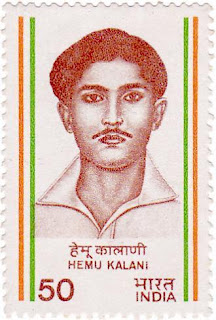Five years after the Supreme Court decided that the disputed land will
go to the Ram Temple, all roads lead to Ayodhya on 22 January 2024,
when the nation will witness the historic opening of the Ram Temple
there. On Monday, the country will witness the magnificent
pran-pratishtha ceremony of Lord Ram Lalla, a 51-inch black stone idol
who will be formally crowned as the deity of the revered Ram Temple. The
ritual will take place at precisely 12.30 p.m. There will be hundreds
of leaders from many fields attending the occasion, including Prime
Minister Narendra Modi. *Glory to Shree Ram.*
Shri Ram Mandir, popularly known as Ram Mandir, is a Hindu temple located in Ayodhya, Uttar Pradesh. As the name suggests, the temple is dedicated to Lord Shri Rama and is believed to have been built at Ram Janmabhoomi (the birthplace of Lord Shri Rama). This Ram Temple reflects the cultural and spiritual heritage associated with Lord Rama and holds immense cultural and religious significance for the Hindus.
Main Temple Details
Total Area:2.7 Acres
Total Built-up Area:57,400 Sq. ft.
Total length of the temple:360 feet
Total width of the temple:235 feet
The total height of the temple including the peak:161 feet
Total number of floors:3
Height of each floor:20 feet
Number of columns in the ground floor of the temple:160
Number of columns in the first floor of the temple:132
Number of columns in the second floor of the temple:74
Number of pedks and pavilions in the temple:5
Number of Gates in the temple:12
Prominent materials used in the construction of Ram Mandir are:
High Grade “Rolled Compacted Concrete” without Steel
Pink Sand Stone
Granite Stone
Shaligram Rock
Copper Plates
Gold and Ashtdhatu
Teakwood
The main temple of Ayodhya is surrounded by four temples dedicated to Sun God, Goddess Bhagwati, Lord Ganesha, and Lord Shiva. Sitakoop from the mythological period will be present near the temple. Other proposed temples in the premises will be dedicated to Maharishi Valmiki, Maharishi Vashishtha, Maharishi Vishwamitra, Maharishi Agastya, Nishadraj, Mata Shabari, and Rishipatni Devi Ahilya.









